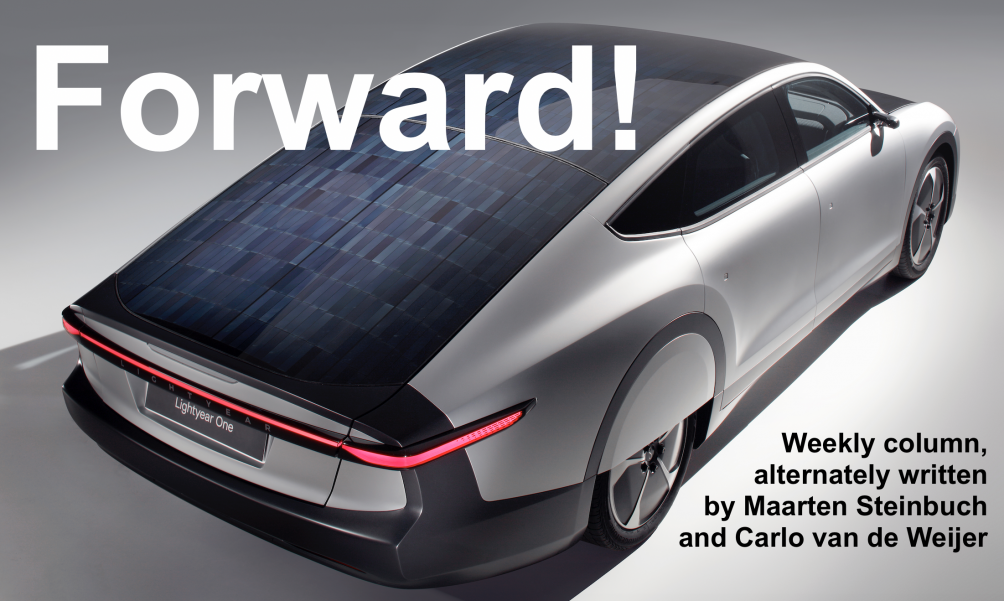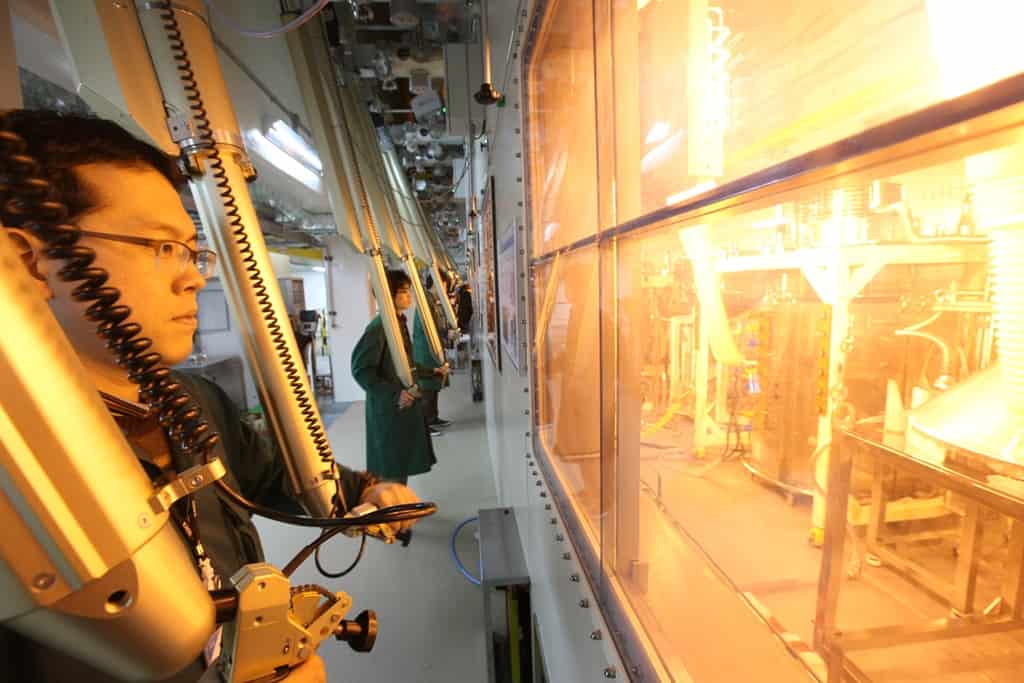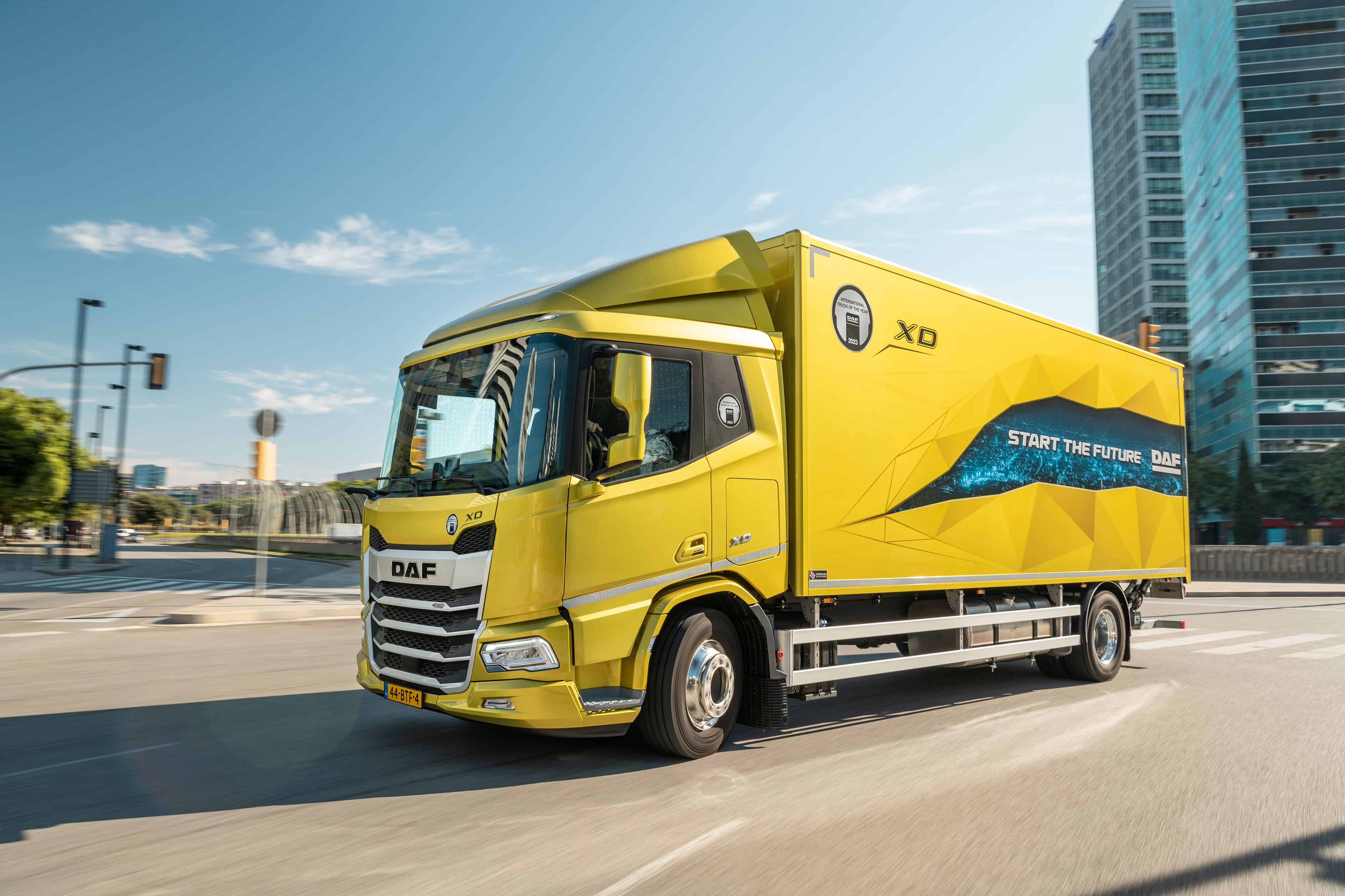
When using hydrogen for transport, we usually think of a fuel cell that in a chemical reaction allows the hydrogen to react with oxygen. In this process, electricity is released, which can be used to power an electric motor. Another way is to burn the hydrogen directly in an internal combustion engine. The hydrogen is then injected into the combustion chamber, just like diesel or petrol, with a considerable amount of air. The explosion that then occurs drives the wheels via the piston, crankshaft, and gearbox.

What comes out of the exhaust is water, air, and a very small amount of nitrogen oxides, which can be reduced to almost zero with a modern after-treatment system, as already happens with the latest generation of diesel trucks. The emission of greenhouse gas CO2 in this method is in any case zero, at least if the hydrogen is produced with green electricity.
The use of hydrogen in combination with a combustion process has the advantage that existing knowledge of propulsion technology can be reused while the transition to zero-emission mobility is still made. For trucks, zero-emission can also take place with a battery or a fuel cell with electric propulsion. If a manufacturer wants to utilize existing technology, i.e. while maintaining the current internal combustion engine, there is a fourth option in addition to burning hydrogen: with artificial liquid fuels made from electricity, water, and reclaimed CO2. This option is the furthest away because of the high costs, both in making green hydrogen and taking CO2 out of the air again.
“The more roads lead to fully sustainable freight transport, the faster we will get there”
Maarten Steinbuch
Our own Dutch truck manufacturer DAF is investigating the use of hydrogen via direct combustion, and research institute TNO and Eindhoven University of Technology are also working on this. The efficiency of the engine is comparable to that of a fuel cell, which is at most about 50%. Especially in stationary applications, this efficiency will be achieved with engines. Think of heavy equipment such as excavators and cranes, and ships. But optimization is also possible with variable speeds and loads. The interesting thing is that only a limited number of new parts need to be assembled.
The often-heard advantages of running on hydrogen compared to purely electric propulsion, such as faster refueling and greater range, will soon become obsolete due to the rapid developments in battery technology and fast chargers, possibly with local storage. However, the application of existing technical knowledge and skills to use hydrogen as a fuel for the classic internal combustion engine may prove to be a success in heavy transport.
Moreover: the more roads lead to fully sustainable freight transport, the faster we will get there.
Maarten Steinbuch and Carlo van de Weijer are alternately writing this weekly column, originally published (in Dutch) in FD. Did you like it? There’s more to enjoy: a new book with a selection of these columns has just been published by 24U and distributed by Lecturis.






